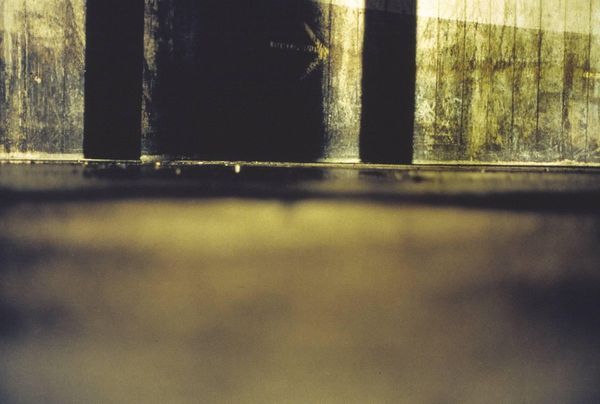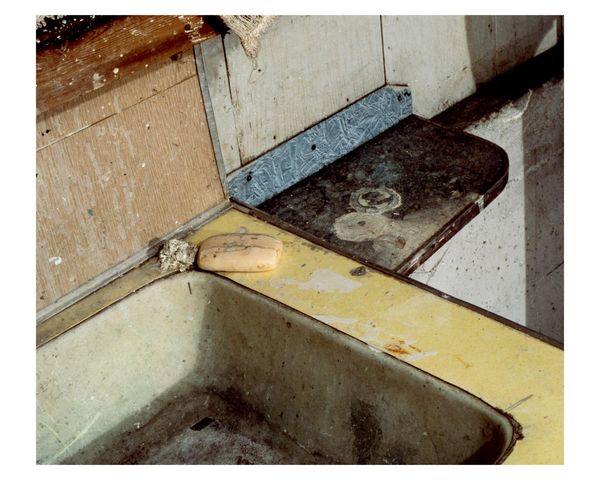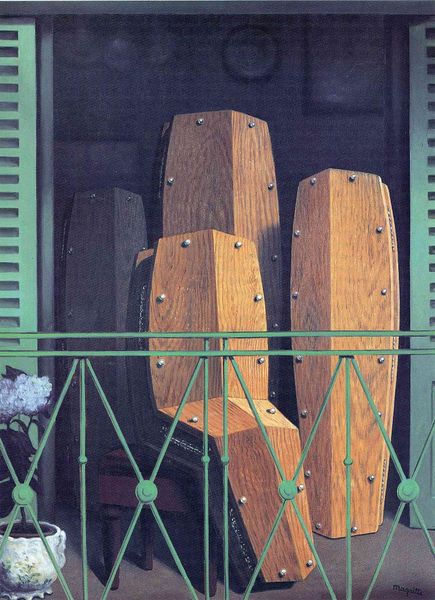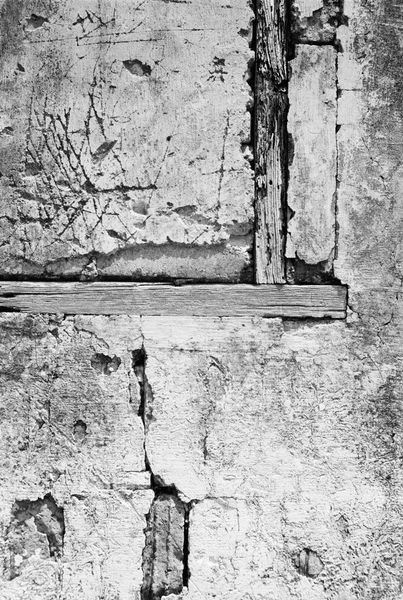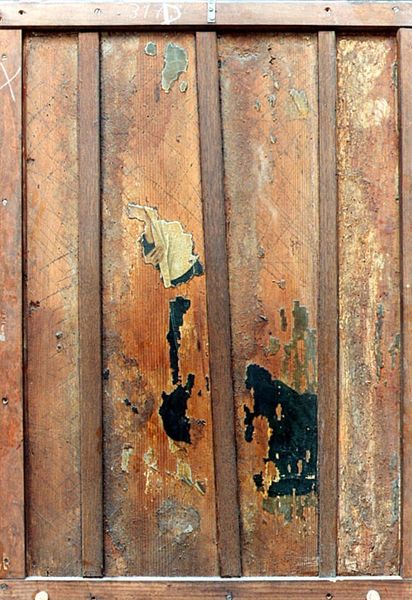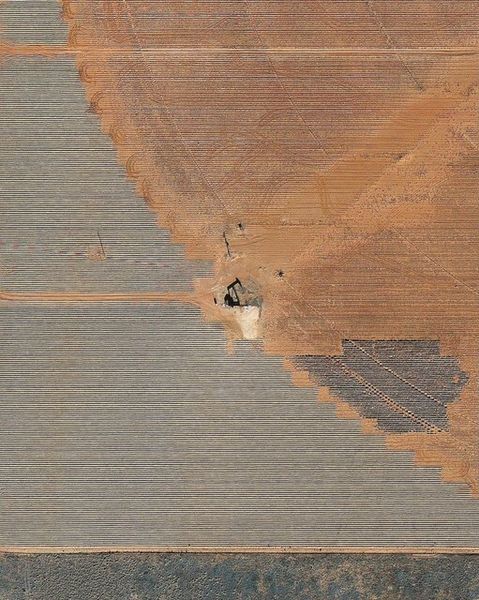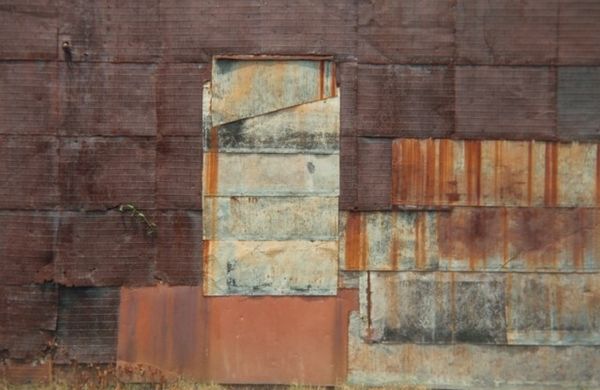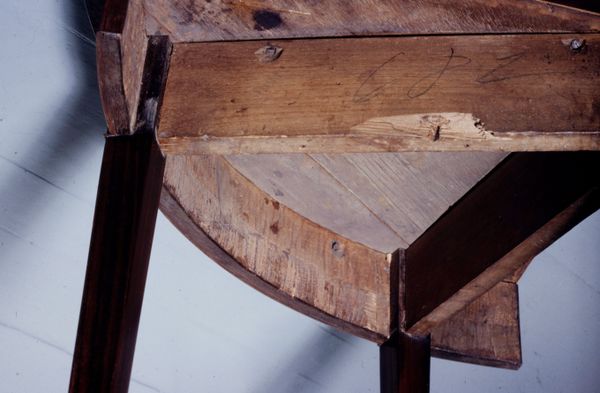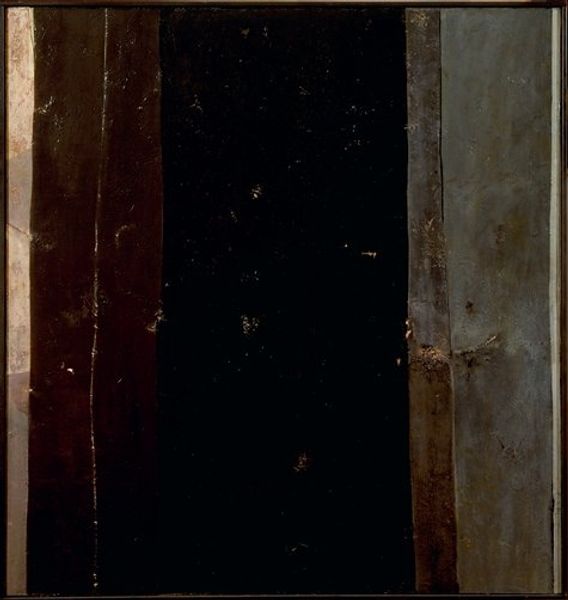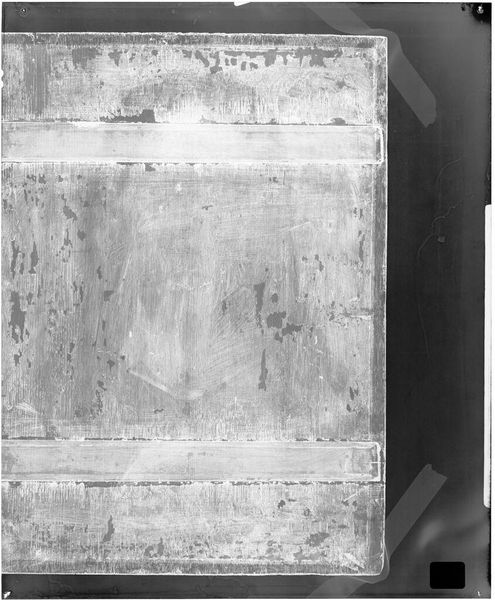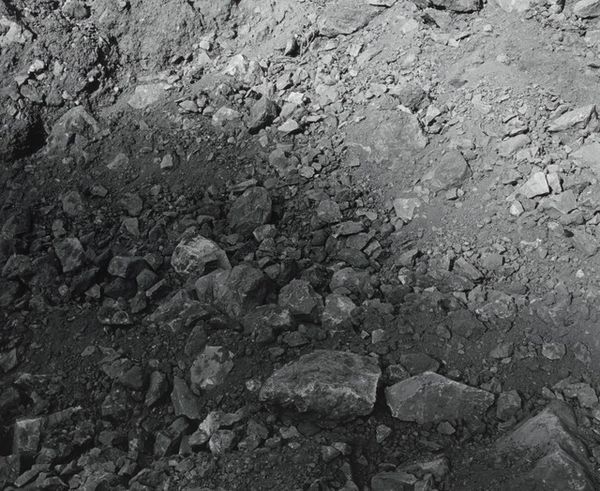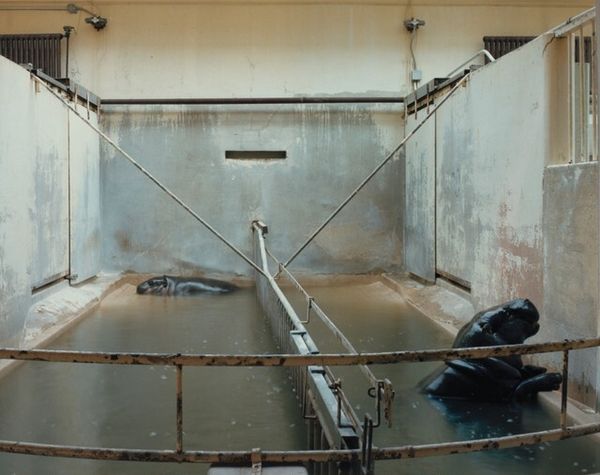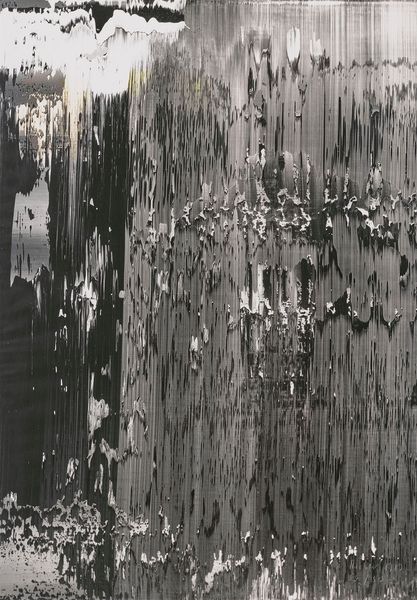
steel, mixed-media, public-art, sculpture, installation-art
#
public art
#
steel
#
mixed-media
#
contemporary
#
sculpture
#
public-art
#
abstract
#
geometric
#
sculpture
#
installation-art
#
matter-painting
Dimensions: 185 x 120 cm
Copyright: Iseult Labote,Fair Use
Editor: We're looking at Iseult Labote's "Urbanus I," created in 2002. It appears to be a mixed-media sculpture made of steel, and its abstract geometric design makes me think of an urban construction site, even one that's been abandoned or is decaying. What statements do you believe Labote is making about public spaces in her art? Curator: I see "Urbanus I" as an exploration of the dialogue between decay and the urban environment. Look closely – the rust, the aging steel. These aren't simply materials; they're markers of time and the inevitable erosion that affects both our physical structures and societal constructs. Consider who occupies these spaces, who is allowed to, and how power structures shape these environments. How do we reimagine spaces for marginalized communities? Editor: That’s interesting. I hadn't really thought about the social commentary aspects in public art this way. I focused mostly on aesthetics. Curator: Exactly! Labote subtly challenges our assumptions. This isn’t just about aesthetics; it's a conversation about social stratification in built environments. This layering, you see in the materiality echoes issues of race, class, and gender. Do these structures allow freedom of movement for everyone or enforce separations between distinct groups within the broader culture? Editor: It's almost as though the sculpture is highlighting how certain groups of people may not experience urban life equally. I now view her work through this different frame. Curator: Indeed, and that interpretation opens new avenues for engaging with public art. Art's capability to unveil overlooked historical injustices or initiate discussions around socio-political issues offers transformative encounters with culture. Editor: I see how "Urbanus I" does much more than occupy space. It uses space to pose questions, encourage debate, and potentially create tangible changes in the perception of how people engage, experience, and value public urban domains. Thanks for sharing your insight. Curator: Absolutely. By observing such artworks, our consciousness expands to reflect inclusiveness of the urban society.
Comments
No comments
Be the first to comment and join the conversation on the ultimate creative platform.
